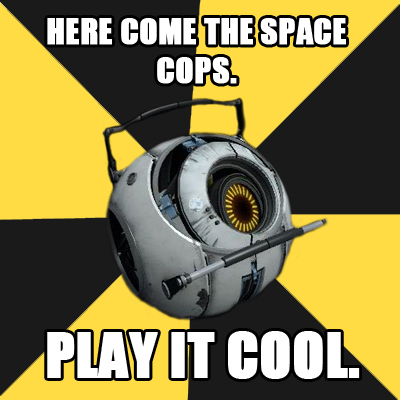In Chapter 8, Braitenberg introduces the concept of space and how vehicles can use it to navigate their environment more intelligently. By equipping the vehicles with sensors that detect the position of stimuli, they gain the ability to respond not just to what they sense but also where it is. This spatial awareness adds a new dimension to their behavior, making them appear even more lifelike and intentional.
The sensors allow the vehicles to determine the direction and distance of things like light, sound, or obstacles. For instance, a vehicle might steer toward a light on its right while carefully avoiding an obstacle on its left. This ability to react to spatial cues makes their movements more refined, almost like they’re aware of their surroundings. Over time, they can also associate specific locations with certain events, like a cliff edge being dangerous or an area being safe. This gives the impression that the vehicles “remember” or “map” their environment.
Braitenberg emphasizes how these spatial associations can lead to concept formation. Just as earlier vehicles could associate the color red with danger, these vehicles can link a specific position or region with a past experience. For example, they might avoid an area where they previously “learned” danger exists or frequently return to a safe zone. This simple addition of spatial awareness makes their behavior seem even more purposeful.
The chapter’s main idea is -
by adding the ability to process space, the vehicles no longer just react to stimuli—they navigate their environment in a seemingly intelligent way. This demonstrates how the illusion of deliberate thought or planning can emerge from straightforward design principles. It’s another step in blurring the line between mechanical systems and living beings.

08.01.25 -Abrar Matrikel-Nr: 5012300